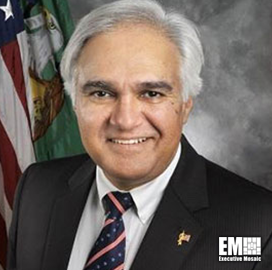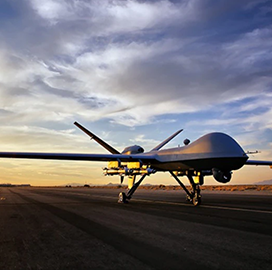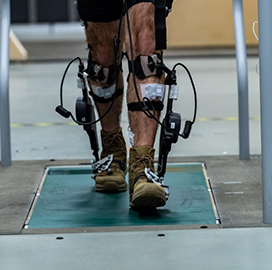The U.S. Army announced that the service branch is seeking ways to optimize forthcoming electronic warfare equipment to operate in the Indo-Pacific theater against maritime targets. Although the Army is a land force, just as the Air Force operates primarily in the Air, Army leaders have recognized the need for advanced electromagnetic equipment in the Indo-Pacific region to counter the rising threat of Chinese aggression.
The Army needs updated and consolidated electronic warfare equipment to successfully operate in the vast distances of the Pacific maritime region. To this end, Department of Defense (DOD) leaders have led Army efforts to prioritize the heavily naval area, including the creation of a multidomain task force working on exercises in the region and plans to base long-range precision fire practices there, C4isrnet reported the story on Thursday.
“Obviously, the Army is a terrestrial, land-centric force. However, we recognize that with the focus on INDOPACOM, our target set is greater than just the traditional armor and infantry formations,” commented Col. Daniel Holland, Army capability manager for electronic warfare.
Until recently, the Army’s research on electromagnetic spectrum-related capabilities has focused on countering Russia's threat in Europe. However, some prototype equipment has reached units operating in the Pacific theater.
The Army is attempting to optimize electronic equipment such as the Terrestrial Layer System-Echelons Above Brigade (TLS-EAB). TLS-EAB will provide commanders with improved precision geolocation which facilitates non-kinetic fires and support kinetic targeting for maritime targets.
Holland added that the Army is awaiting a decision by its requirements oversight council TLS-EAB related funding. The service is focused on surrogate experimentation and technologies for the system in fiscal 2022 and prototyping the following year.
Furthermore, Holland said that the electronic warfare community is partnering across the service on the Multi-Domain Sensing System, which is a high-altitude intelligence system with a range of 40,000 feet. This system is designed to provide electronic warfare capabilities complementary to mid-altitude systems, such as large unmanned systems and ground systems, including TLS-EAB.








